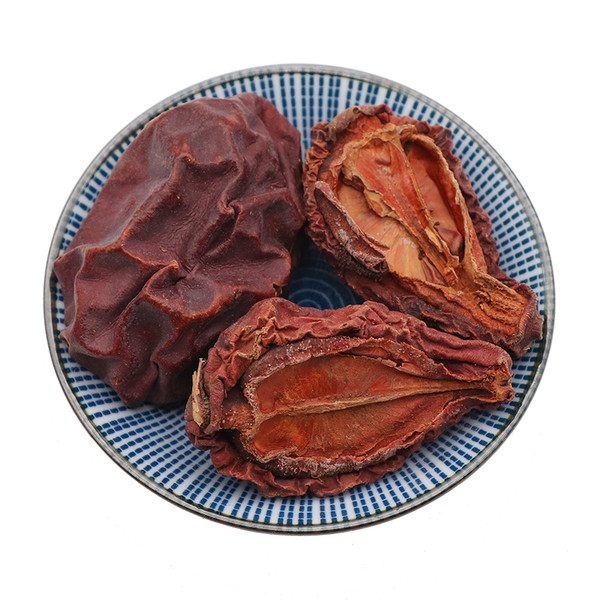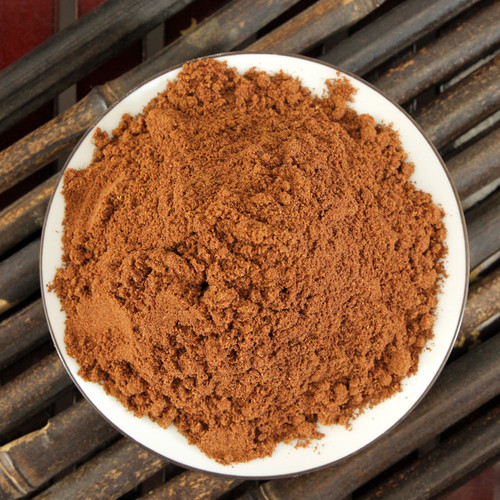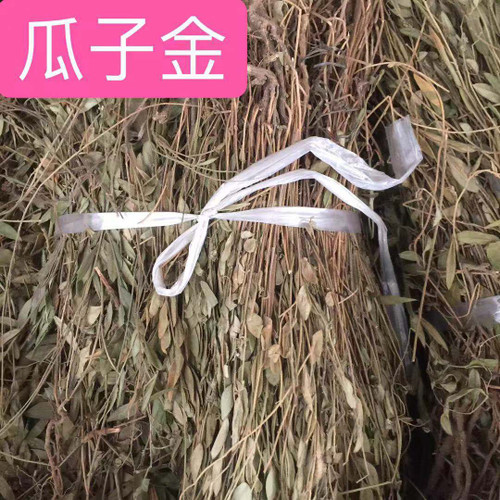Product Overview
Parts used: Dried nearly-ripe fruit
TCM category: Herbs that dispel Wind and DampnessHerbs that warm the Interior and/or expel Cold
TCM nature: Warm
TCM taste(s): Sour
Meridian affinity: Spleen Liver
Scientific name: Pseudocydonia sinensis
Other names: Chinese quince, Mogwa, Mokgwa, Karin, Chaenomeles speciosa
Use of flowering quince (Mu Gua) in TCM
Please note that you should never self-prescribe TCM ingredients. A TCM ingredient is almost never eaten on its own but as part of a formula containing several ingredients that act together. Please consult a professional TCM practitionner, they will be best able to guide you.
Preparation: Wash, steam thoroughly, slice and dry.
Dosage: 1 or 2 fruits
Main actions according to TCM*: Relaxes the sinews by increasing the flow of both Blood and Qi. Assists the function of the Stomach and expels Dampness. Facilitate lactation.
Primary conditions or symptoms for which flowering quince may be prescribed by TCM doctors*: Rheumatoid arthritis Systremma Heatstroke Diarrhea Edema
Contraindications*: Should not be used by those with Yin Deficiency. It should also be avoided in Exterior conditions.
Common TCM formulas in which flowering quince are used*:
For Wind-Damp obstruction, stiffness, pain of the limbs and joints combine flowering quince with stephania roots (Fang Ji), clematis roots (Wei Ling Xian) and dong quai (Dang Gui).
For loss of appetite combine flowering quince with lesser galangal rhizomes (Gao Liang jiang).
For swollen and painful legs combine flowering quince with pumpkin seeds (Nan Gua Zi) and tangerine peel (Chen Pi).
For Blood-Heat and Damp-Heat with swelling, dark urine and edema combine flowering quince with verbena leaves (Ma Bian Cao), achyranthes roots (Niu Xi) and plantain seeds (Che Qian Zi).
Key TCM concepts behind flowering quince (Mu Gua)'s properties
In Traditional Chinese Medicine (TCM), flowering quince are plants that belong to the 'Herbs that dispel Wind and Dampness' category. These herbs typically help treat what's called 'bi pain' (i.e. painful obstruction) in TCM. This roughly corresponds to arthritic and rheumatic conditions with pain, stiffness and numbness of the bones, joints and muscles.
Furthermore flowering quince are plants that are Warm in nature. This means that flowering quince tend to help people who have too much "cold" in their body, although with less effect than a plant that would be Hot in nature. Balance between Yin and Yang is a key health concept in TCM. Those who have too much cold in their body are said to either have a Yin excess (because Yin is Cold in nature) or a Yang deficiency (Yang is Hot in Nature). Depending on your condition flowering quince can help restore a harmonious balance between Yin and Yang.
Flowering quince also taste Sour. The so-called "five elements" theory in Chinese Medicine states that the taste of TCM ingredients is a key determinant of their action in the body. Sour ingredients like flowering quince help with digestion and restrain abnormal discharges of fluids from the body, such as diarrhea or heavy sweating.
The tastes of ingredients in TCM also determine what organs and meridians they target. As such flowering quince are thought to target the Spleen and the Liver. In TCM the Spleen assists with digestion, blood coagulation and fluid metabolism in the body. The Liver on the other hand is often referred as the body's "general" because it is in charge of regulating the movements of Qi and body fluids. It also takes a leading role in balancing our emotions.
Use of flowering quince (Mu Gua) as food
Flowering quince are also eaten as food. It is used as an ingredient in dishes such as Chinese quince and apple pie.









